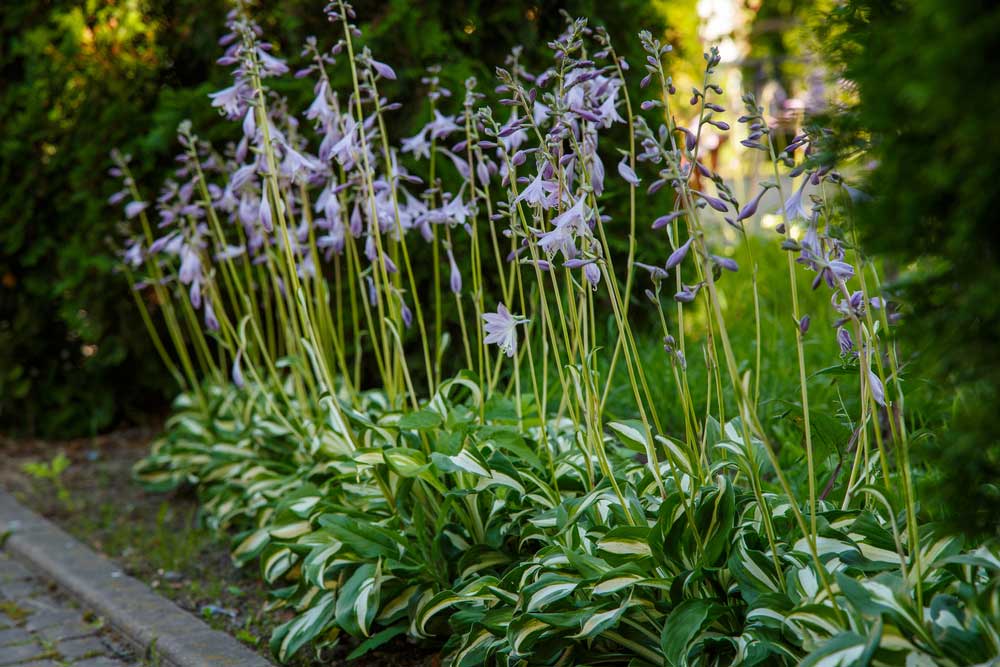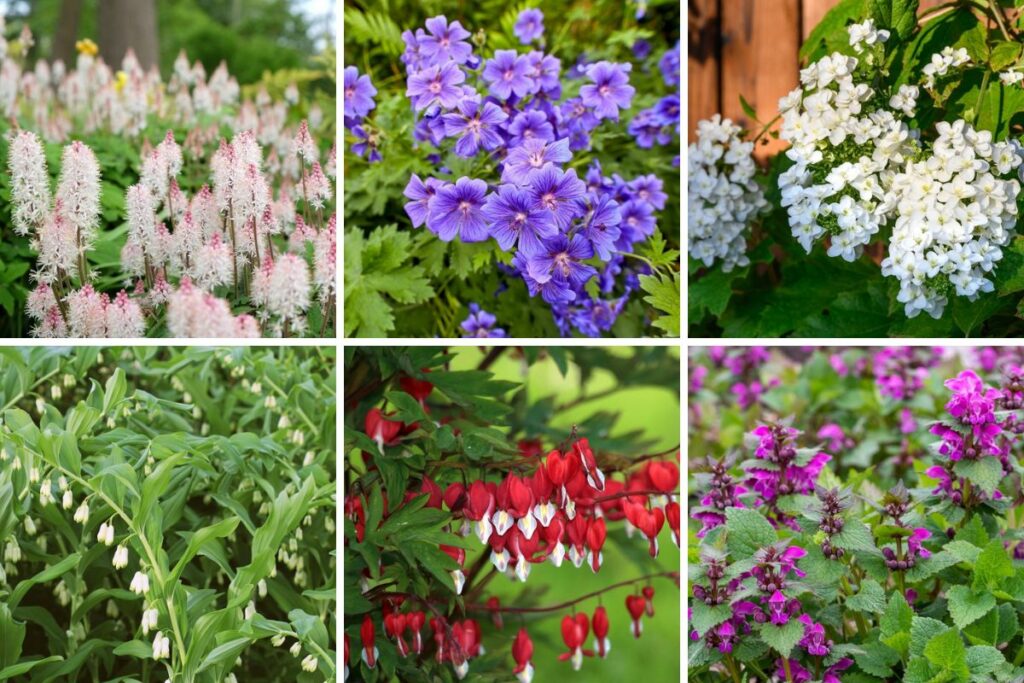
Hostas, or plantain lilies, are edible perennial plants that come in a variety of colors and textures.
They’re fairly easy to grow and don’t require constant attention. Aside from being low-maintenance, they’re also loved for their dense foliage.
If you’re wondering whether you can propagate hostas just from cuttings—yes, you can!
The following are simple steps to propagate hostas from leaf cuttings.
Steps to Propagate Hostas From Leaf Cuttings
Using leaf cuttings is among the many ways to propagate hostas. Nevertheless, you should take note that this approach has a lower chance of success compared to other methods.
Here are simple steps you can follow:
1. Water the Hostas a Day Before
Make sure to hydrate the hostas one day before taking the leaf cuttings, especially if the weather is dry.
2. Take the Leaf Cuttings by Hand or by Knife
For this method, you need large and healthy leaf stalks, or leaf petioles, with their white tissue intact.
- By hand, hold the petiole’s base and twist it from the hosta’s crown. Be sure that the white tissue where the roots will grow from is intact.
- A leaf petiole with only its green tissue won’t root. Your leaf cutting should have a round white bottom and a green angular upper part.
- With a knife, slice the petiole from the crown with a thin blade. The white tissue should be included.
- The sliced leaf cutting’s base should look like a newly sharpened pencil.
Take the leaf cuttings at a shady and humid time of day when the hosta’s tissues have more liquid. This is when they can withstand being un-rooted for an extended amount of time.
Remember also to take the leaf cuttings during early summer when the large leaves can grow roots quickly. This will ensure that the plant is mature enough to survive the coming winter as well.
Don’t take cuttings during midsummer when the sun is too hot either, or by the end of summer when the hosta is too young to endure the coming winter.

3. Grow the Leaf Cuttings with Water or Soil
You can grow your leaf cuttings by submerging them in water or by planting them in soil.
Growing them by water requires more attention but has more chances of success. On the other hand, growing them in the soil doesn’t need a lot of effort.
When growing in water:
- Fill a tall, slender transparent jar with about 2 inches of salt-free, non-chlorinated water. Place the leaf cuttings inside it upright. A transparent jar will also help you watch and keep track of the roots’ development.
- Put the jar somewhere with shade. It should be able to receive indirect bright light there.
- Observe the water. If it becomes discolored, change it as soon as possible. So, keep the water fresh by replacing it every 3-4 days.
- Never use cold water. Always use room-temperature water to prevent the plant from being shocked.
- Every 6-8 weeks, you can add fertilizer. Use a water-soluble fertilizer and dilute one to one-half teaspoon in 2 gallons of water.
When growing by soil:
- Never use regular garden soil for hosta leaf cuttings. Always use sterilized soil.
- The pot should have a 6-8 inches width and depth. It should also contain drainage holes.
- Plant the leaf cutting about 2 inches deep into the soil. Don’t bury it too deeply or else the plant could rot. Place and fasten a thin stick next to the cutting to keep it in place.
- Water the soil, then place the pot in a greenhouse or a fully shaded area. The area should also be humid.
You will find out whether the hosta cuttings will root or die in a few weeks.

When caring for the hostas, remember to:
- Provide enough light.
- Be sure to use the right soil.
- Put enough space between the hostas and make sure not to cram them.
- Change the water regularly for water-grown hostas. Give adequate water for soil-grown hostas.
- Observe the temperature and humidity.
- Feed the hostas with ample and correct fertilizers.
Conclusion
There are various ways to propagate hostas—one of them is from leaf cuttings.
You can grow the leaf cuttings by putting them in water or by planting them in the soil. Even though hostas are low-maintenance plants, making sure that they’re receiving enough light, water, and fertilizers will make the plants grow healthier.












